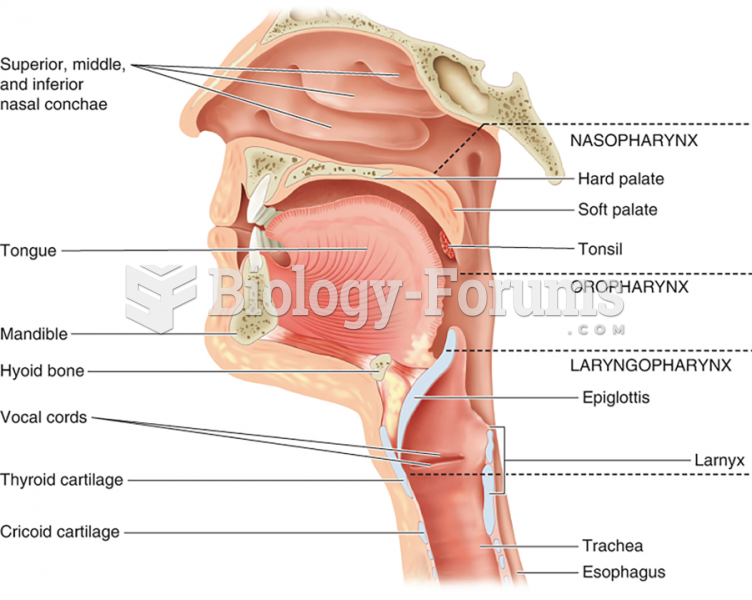Answer to Question 1
ANS: B
Pregnancy increases the risk of developing gallstones, owing to an increased progesterone level that reduces gallbladder emptying and therefore increases biliary stasis. Subsequent pregnancies exponentially increase the risk of cholelithiasis. Gallstones occur in approximately 7 of nulliparous women and 19 of multiparous women (Parangi & Pories, 2007). If radiology studies are warranted, ultrasound is safe and effective in diagnosing intra-abdominal conditions during pregnancy. Current knowledge indicates that magnetic resonance imaging (MRI) is safe during pregnancy, but computed tomography (CT) scans expose the fetus to doses of ionizing radiation (Sakornbut, 2008a). HIDA scan is a nuclear diagnostic test that involves x-rays. Although upper endoscopy is not dangerous during pregnancy, it is preferred to not perform invasive testing during pregnancy.
Answer to Question 2
ANS: D
Back pain is reported as a dull, aching pain in the upper or lower back that worsens as the day progresses. Standing or sitting for long periods may aggravate the back pain. The location of the pain is important, as is the information gathered via a PQRST report. This inquiry usually provides sufficient diagnostic information and comprises the precipitating (P) factors (what aggravates or alleviates the pain; the symptoms associated with the pain), the quality (Q) of the pain (achy, burning, cramping, shooting, etc.), the radiation (R) of the pain, the severity (S) of the pain (typically reported on a 1-to-10 scale and whether it interferes with the usual activities of daily living), and the timing (T) of the pain (sudden or gradual onset, duration). Worrisome symptoms include a history of back injuries, problems, or surgeries; UTI or vaginal infection symptoms; bowel changes; uterine contractions; pain, numbness, or tingling that radiates either into the abdomen or down into the legs; and any neurological deficits.







